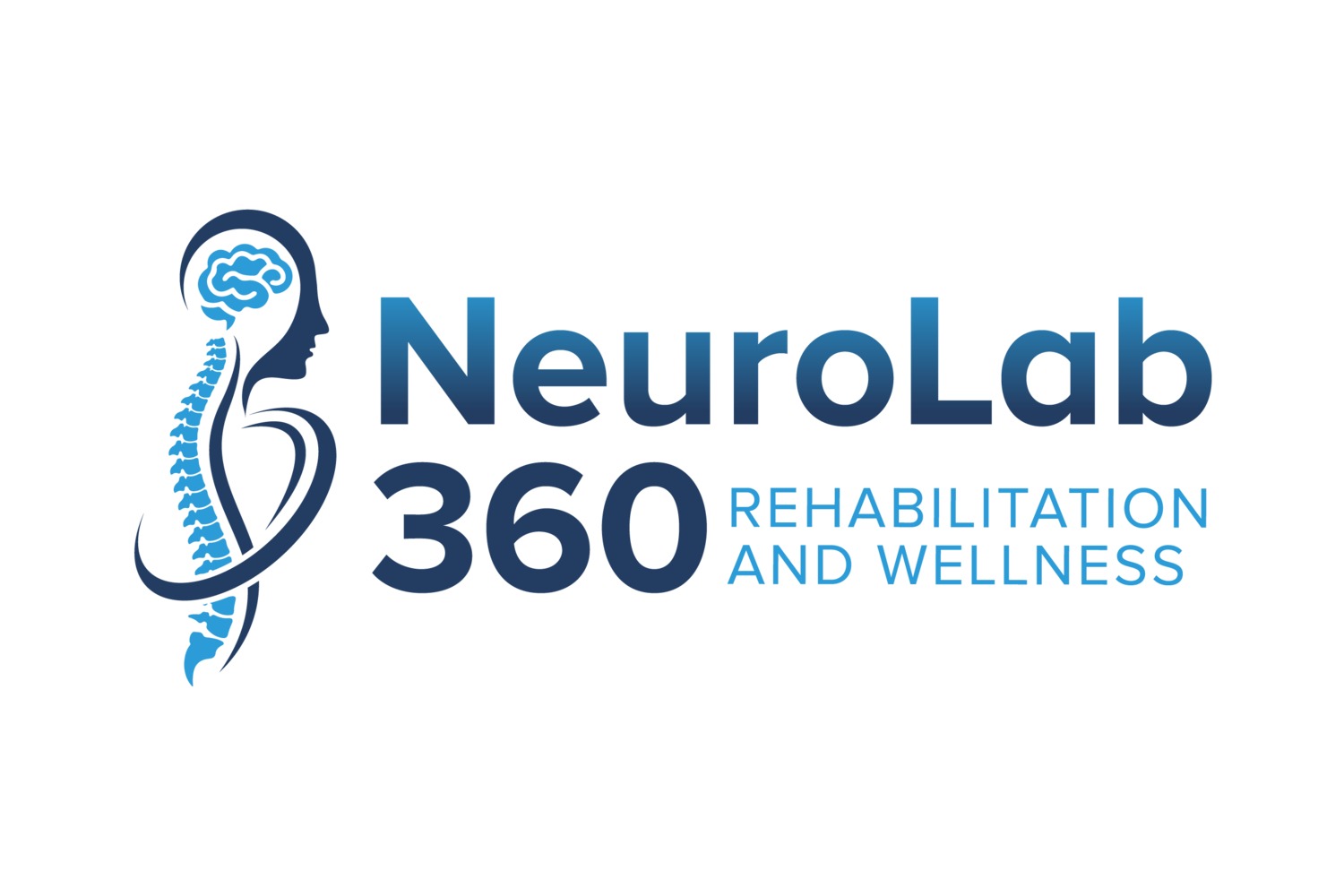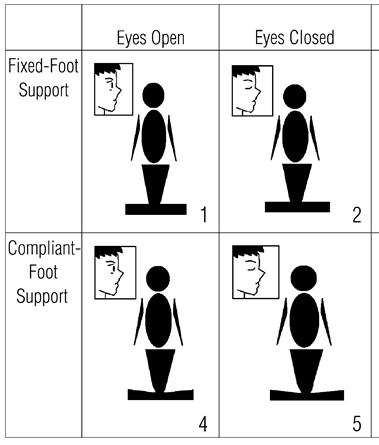Balance and Proprioception
Proprioception is the final component of our three main body systems that we have discussed that helps control balance. If you want to learn more about the other two systems, check them out HERE and HERE. Proprioception is a subcategory of what is referred to as the “sixth sense” or somatosensory system. In this blog we will discuss how proprioception plays a part in maintaining balance and review ways that you can improve your proprioception today!
We have our five primary sensory systems that determine how we interact with the world; taste, touch, smell, balance and vision. Our somatosensory system is now referred to as the “Sixth Sense”. This system is made up of different types of nerve fibers in our skin that give our brain information that allows us to interact with our world.
Nociceptors: nerve endings specific for pain. These tell our brain to pull our foot away from a sharp object.
Thermoreceptors: give input to our brain on temperature and can determine if an object we touch is hot, cold or somewhere in between.
Mechanoreceptors: these nerve fibers vary in diameter, length and size for a few different sensations. They determine light touch, discrimination of different points on our skin, and pressure. If you lightly brush your skin with a Q-tip, you are activating your light touch receptors. Now, use that Q-tip to push gently into your arm and you are now signaling your brain through a different type of nerve fiber for deep pressure.
Proprioceptors: these nerve fibers tell our brain if our joints or muscles are moving or stationary. They also tell us how fast we are moving in regards to force of movement and velocity. In physical therapy, we focus on this area of our somatosensory system so we will discuss it in more detail below!
Joint Position Sense:
Active: ability of our brain to sense which direction our body part is moving.
Passive: ability of our brain to sense where our body part is when it is stationary.
Kinesthesia: ability of our brain to sense when part of our body is moving.
Sense of Force: ability of our brain to sense the effort, tension and heaviness of joint movement of a specific body part.
Sense of Change of Velocity: ability of our brain to determine the speed of movement of a body part. This part of our proprioception is closely linked to our cerebellum.
During an initial evaluation, a physical therapist (PT) will likely assess the clients proprioception and somatosensory system. They will first test your ability to detect sensations such as light touch, deep pressure and discriminate between sharp and dull objects. They will then likely use a combination of the tests below for further information.
Joint Position Error: this test looks at the subcategory of proprioception of “Joint Position Sense” mentioned above. A therapist will ask you to close your eyes and will move your affected limb, asking you where your limb is positioned. The results from this test tells a therapist how your body is sensing your limb when isolated from your visual or vestibular system.
Functional Assessment: a therapist will always include functional testing in determining impairments in your balance. This may be in the form of other standardized testing or observing you perform a task. They will also increase the cognitive challenge of a task to determine potential impairments in your balance system.
Clinical Test of Sensory Integration and Balance (CTSIB)-Modified: this test looks at all components of your balance system including your vestibular, proprioception and vision systems. It is a series of 4 different standing positions that removes one or two balance systems at a time to determine which system may be impaired.
Modified CTSIB testing positions
There are many factors that can result in decreased proprioception. Our proprioceptive system tends to decline as we age but it can also be a result of an injury or medical condition. If we experience an ankle sprain or increased swelling within our low leg, this can cause alterations in the firing pattern of the proprioceptive nerves that send signals to our brain. If these signals are impaired, then our ability to respond to an external stimulus will also be impaired and therefore affect our balance. Other medical conditions that may cause alterations in the firing of our proprioceptive fibers might include peripheral neuropathy, herniated discs or arthritis. We may also experience a change in our proprioception due to a central injury, such as a brain injury or a stroke. If the part of your brain that is responsible for processing where your arm is positioned is affected by a stroke, then you may no longer have the correct signals that tell your brain where your arm is. This type of injury will make functional tasks more challenging. It may also present as a safety concern because the individual is at a higher risk of injuring a body part which they cannot feel. This is why it is important for anyone with balance impairments or a neurologic injury to have a thorough assessment of their proprioceptive and somatosensory system.
There are 2 main types of interventions when looking at retraining proprioception.
Passive Interventions: this may include taping, bracing, compression or insoles. A research article found that insoles with a vibrating component helped improve balance in older adults with decreased proprioception. Generally these training tools work best when used with an active intervention and functional retraining.
Active Interventions:
Balance Training: this may include standing on an unstable surface such as a wobble board or working on balance functionally on terrain such as grass or sand. It may also include practicing challenging foot positions on the ground to increase activation of postural muscles. The main postural muscle used for small perturbations is an ankle strategy which is linked to intact ankle proprioception. Multiple research articles in athletes and the elderly have found that there is a significant relationship between ankle proprioception and balance ability.
Dual Task training: this type of training has a client perform a balance activity while also performing another motor task or a challenging cognitive task. This training will distract you from focusing on your balance in isolation and allows you to train your balance in a more realistic manner.
Proprioceptive: this type of training will focus on your proprioceptive system in isolation. Since our balance is maintained by our visual, vestibular and proprioceptive system, a therapist may reduce your ability to use your vestibular or visual system to isolate training your proprioceptive system. An example of this type of training would be having you perform a balance task with your eyes closed.
Education: arguably the most important component of any physical therapy program! A therapist will talk to you about the findings from their testing and educate you on how it may impact your balance functionally within your life. This component is also really important for those who are experiencing sensory deficits, such as decreased awareness of the position of their affected body part. These individuals benefit from education to help them increase awareness of their impairments and protect the body part from potential injury.
Working with a physical therapist is essential in determining the cause of your balance impairments and providing you a focused balance exercise program! If you want to continue to work with us on your balance, join us Wednesday mornings at 9am for our online balance class, check it out HERE!
Han J, Anson J, Waddington G, etc. The role of ankle proprioception for balance control in relation to sports performance and injury. BioMed Research International. 2015: 1-8.
Osba M, Rao A, Agrawal S, etc. Balance and gait in the elderly: a contemporary review. Laryn Invest Otolaryn. 2019: 143-153.
Lockhart T, Smith J, Woldstad J. Effects of aging on the biomechanics of slips and falls. Human Factors. 2005: 47(4) 708-729.
Tuthill J, Azim E. Proprioception. Current Biology. 2018: 28(5) R194-R203.



